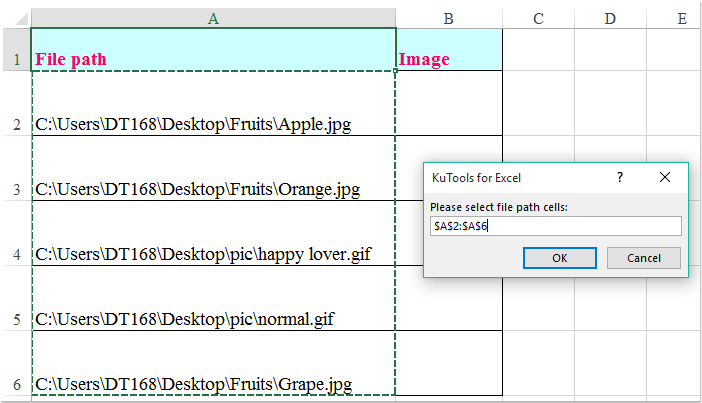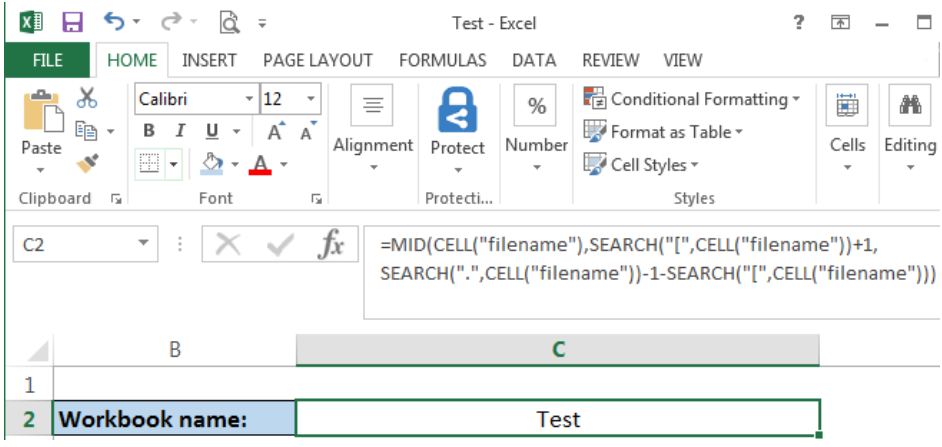


By following the simple steps outlined above, you can easily add a file path and filename to your Excel workbook and use it in a variety of ways.How to Get a Workbook Name and Path without Sheet in Excel ConclusionĪdding a file path and filename to a cell in Excel can be incredibly helpful when you need to keep track of where your data is stored, or when you need to reference a specific file in your analysis. This will create a clickable hyperlink that will open the file when clicked. For example, if you want to create a hyperlink to the file in cell A2, you would use the following formula: =HYPERLINK(A2). If you want to create a hyperlink to the file, you can use the "HYPERLINK" function. This formula assumes that the file path and filename are stored in cell A2. For example, if you want to reference cell A1 in the file, you would use the following formula: =INDIRECT("'"&A2&"'!A1"). If you want to reference the file in a formula, you can use the "INDIRECT" function. This will open the file in its default program. If you want to open the file, simply click on the cell containing the file path and filename, and then press "Ctrl + Click". Here are a few examples: Opening the File Now that you've added the file path and filename to a cell in Excel, you can use it in a variety of ways. Press Enter to save the file path and filename to the cell. For example, if your file is stored in the "Documents" folder on your computer and is named "Data.xlsx", you would type "C:\Users\YourUserName\Documents\Data.xlsx" into the cell. Type the file path and filename into the cell. Select the cell where you want to add the file path and filename.
#EXCEL GET FILE PATH HOW TO#
Here's how to do it: Step 1: Open the Excel Workbookįirst, open the Excel workbook that you want to add the file path and filename to. Adding a File Path and FilenameĪdding a file path and filename to a cell in Excel is a simple process.

This can be incredibly helpful when you need to keep track of where your data is stored, or when you need to reference a specific file in your analysis. One of the most useful features of Excel is the ability to add a file path and filename to a cell. Excel is a powerful tool that can help you manage and analyze data with ease.


 0 kommentar(er)
0 kommentar(er)
